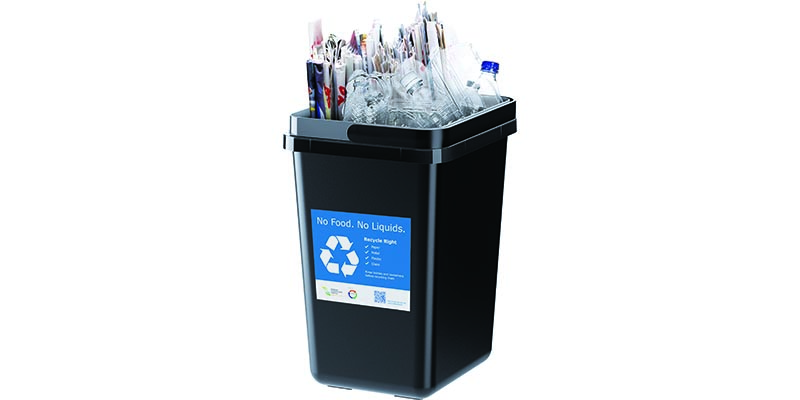How do we manage waste sustainably?
How do we manage waste sustainably?
Living more sustainable lifestyles means reducing how much we consume and reusing our items where possible. When these are not feasible, recycling comes in, helping us to turn waste into resources.
Singapore has had some success, recycling 60% of its waste since 2012 by focusing on individual waste streams. This has led to a nearly 100% recycling rate for Construction and Demolition (C&D) waste, ferrous and nonferrous metals.
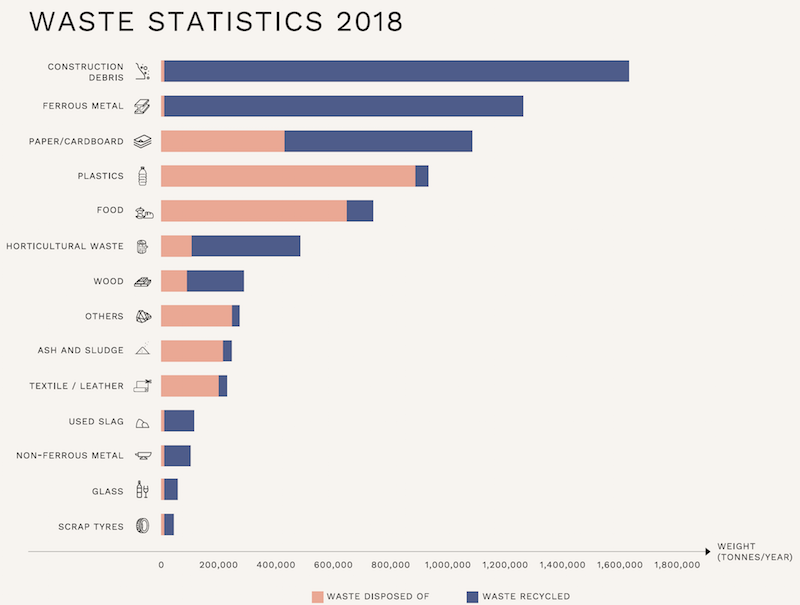
PUTTING C&D WASTE BACK INTO BUILDINGS
C&D waste is generated during the construction, demolition and renovation of structures.
To help demolition contractors plan their demolition procedures to maximise C&D waste recycling, the Demolition Protocol was implemented by the Building and Construction Authority (BCA).
Under the Demolition Protocol, reusable and non-reusable parts of a building have to be identified, then separately dismantled and removed. Reusable parts include piping and wiring, which are placed in separate bins and sent to a recycling facility. Non-reusable parts that contaminate the concrete debris, such as ceiling boards and tiles, are discarded. Only when the building has been stripped to its bare frame can demolition start.
This protocol has led to the development of several new materials, like recycled concrete aggregate (RCA), which is made up of more than 70% demolition waste, reclaimed from waste concrete made with natural aggregates.
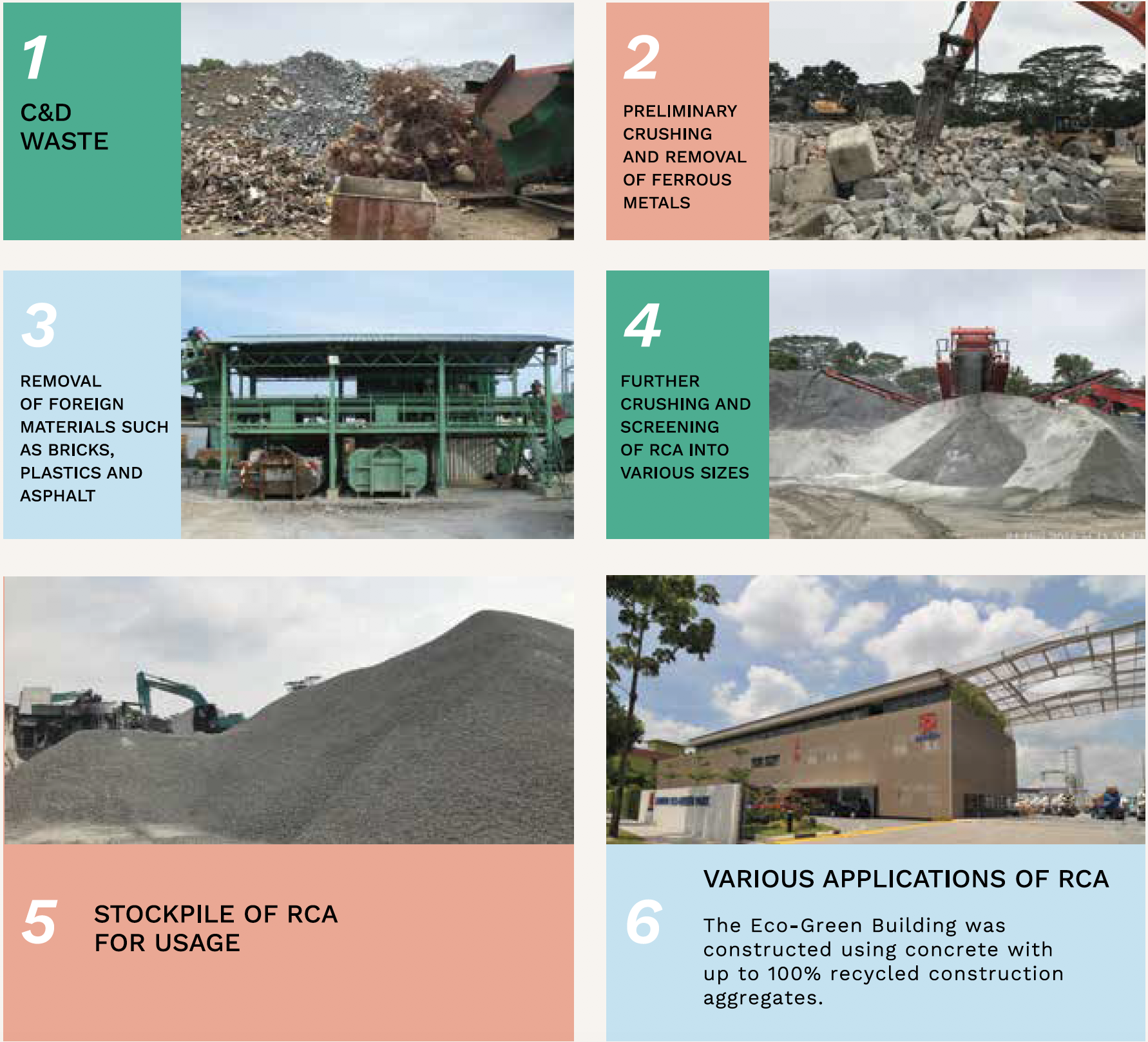
CLOSING THE METAL RESOURCE LOOP
Recycling 99% of ferrous and non-ferrous metals in Singapore is no mean feat, made possible only with novel processes that can detect even a speck of material.
At a metal recovery facility located at Tuas Marine Transfer Station, 90% of the ferrous metals and more than three quarters of the non-ferrous metals are recovered from incineration bottom ash (IBA) using special magnets, micro-grain eddy current separators and multi-stage sieving techniques.
The facility, built on a 1.4 ha plot, is capable of processing up to 1,800 tonnes of IBA a day. It has been in operation since July 2015 by REMEX Minerals Singapore Pte Ltd (REMEX).
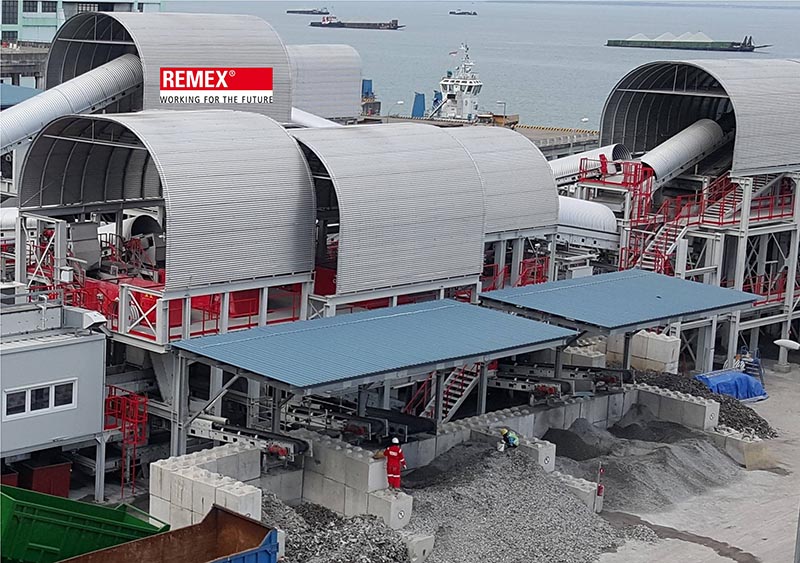
ENCOURAGING HOUSEHOLDS TO RECYCLE RIGHT
But we can do more in the area of household recycling. In 2018, only 22% of Singapore’s domestic waste was recycled, much lower than the 74% recycling rate for non-domestic waste.
The infrastructure is already in place. The National Recycling Programme (NRP) was introduced under the Public Waste Collection (PWC) scheme in 2001, originally providing fortnightly door-to-door collection of recyclables in recycling bags.
However, this form of collection posed several issues – households did not like keeping their recyclables for two weeks, new recycling bags left outside the doors of flats during delivery were stolen, and recyclables were pilfered from the bags. In addition, collection was labour-intensive.
This led to the enhancement of the NRP with the provision of recycling bins in housing estates. The recycling bins overcame the earlier issues, providing residents the convenience of depositing their recyclables at any time. The number of recycling bins gradually grew from one every five Housing & Development Board (HDB) blocks to one per block, and the frequency of collection increased to at least three times a week. Landed households were each provided with a recycling bin, emptied once a week along with weekly garden waste collection for recycling.
This enhanced NRP also complemented other modes of recycling such as the sale of recyclables to the karang guni for a small price, cash-for-trash collection stations, and recyclables collection at community events.
While the recyclables collected under the NRP has increased between 2013 and 2018 (77,000 kg/day to 119,000 kg/day), approximately 40% of what is thrown into the blue recycling bins are contaminants. This refers to items that cannot be recycled (e.g. toys, clothes and shoes) or contaminated recyclables (e.g. by remnants of food or liquid).
To tackle this high contamination rate, the next phase for household recycling will focus on improving Singaporeans’ knowledge about our commingled recycling system and reducing contamination.
MSE and the NEA embarked on a #RecycleRight campaign in 2019, as part of the Year Towards Zero Waste.
The key messages of the #RecycleRight campaign are:
- Only place the right recyclables into the blue bins, not general waste – follow the labels on the blue bins on what can be put inside
- Make sure recyclables are free from food and liquids
- No need to sort recyclables to be deposited into the blue bins – they will be sorted centrally before being recycled
- Clothes, shoes and stuffed toys are not recyclable. Donate them if they are in good condition
To support this messaging, the NEA has redesigned the labels on the blue recycling bins to make information clearer on what can and cannot be deposited in the bins. The replacement of the labels is expected to be completed by mid-2020.
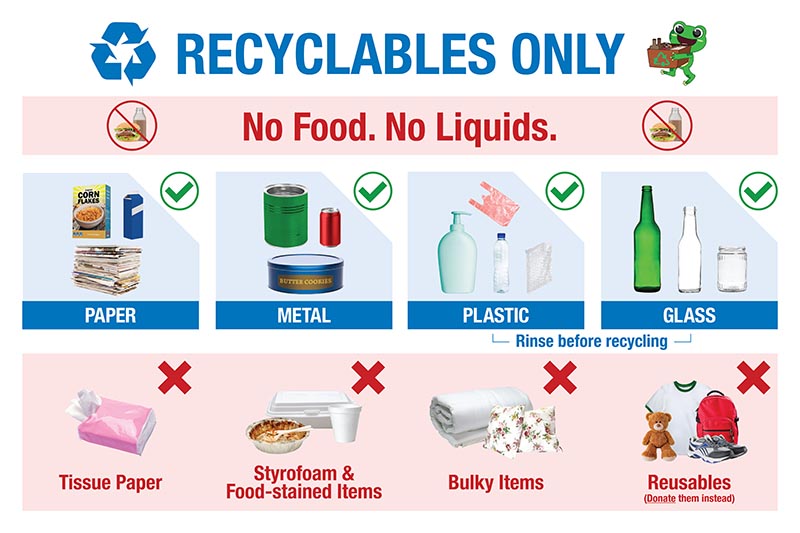
We also recognise that it is important to make recycling convenient and to make it a habit in order to boost household recycling. Surveys conducted by MSE and the NEA in 2018 found that 60% of households recycle regularly at home. Finding recycling convenient and developing a habit of recycling were factors that encouraged them to recycle.
Therefore, since August 2019, the NEA has been in partnership with IKEA Singapore to provide residents of Build-to-Order flats in new HDB precincts with a free household recycling bin. This bin, redeemable via a voucher at IKEA Singapore stores, will make it easier for residents to recycle in their own home.
As we move beyond household recycling to encourage further conversion of waste into resources, we will be turning to legislative or economic measures. As recycling grows, we will need the recycling industry to grow in tandem. Hence, we are supporting the development of the industry through the Environmental Services Industry Transformation Map. All these efforts will be supported by research and development and our crucial 3P partners.
Together, these will help close the loop on more waste streams as we adopt a circular economy approach.
